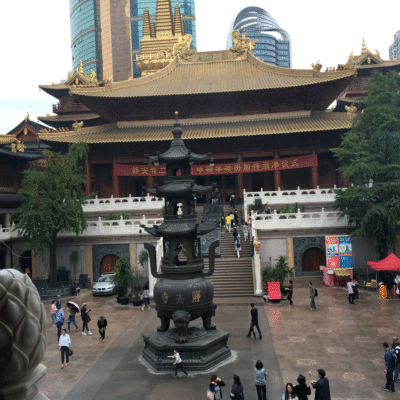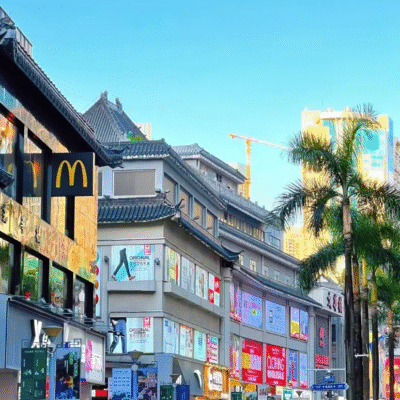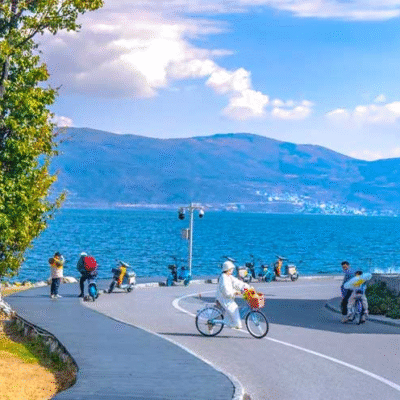In 1987, director Bernardo Bertolucci filmed The Last Emperor, which tells the legendary life story of Puyi, the last emperor of China. Most of the movie was shot at the Forbidden City in Beijing, a majestic imperial palace that served as a significant stage to showcase the life of the Chinese royal family and the historical changes they experienced.
The Forbidden City is not only a symbol of ancient Chinese power but also, due to its unique architectural style and profound cultural heritage, was chosen as the main filming location for this epic film. Next, let me guide you on how to visit this breathtaking Forbidden City.
How to Prepare for a Forbidden City (故宫) Visit
Bring a valid passport
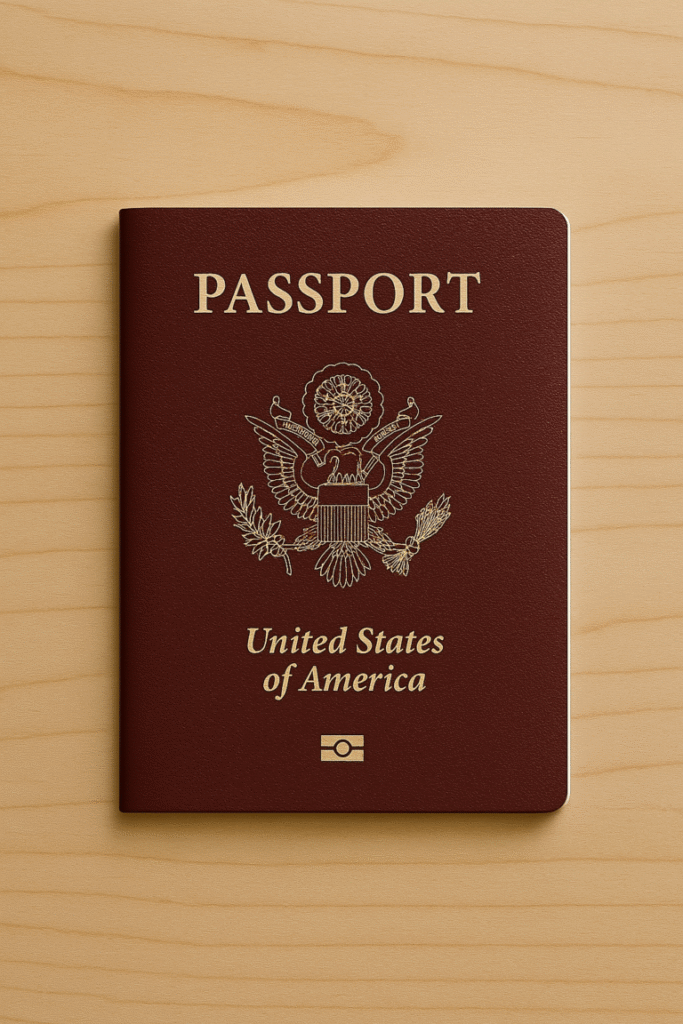
Before entering the Forbidden City, you need to present a valid passport to the ticket inspector for identity verification, especially in such an important historical site. Security checks are very strict, comparable to the standards at major train and bus stations in China. The Forbidden City’s security measures are equally rigorous to ensure the safety of every visitor and the protection of cultural relics.
Ticket Reservation

Having a passport alone does not grant direct access to the Forbidden City. What makes China unique is that visitors must book their tickets online in advance; otherwise, entry is not allowed. This system not only helps reduce the workload of ticket staff but also facilitates the collection of visitor information, making it easier to investigate and manage any emergencies that may arise.
Ticket Booking Website: The Official Website of the Palace Museum
Important Notes

Before entering, visitors must go through security checks, and carrying dangerous items or large luggage is prohibited. During the visit, please do not touch the exhibits or climb on any structures, and keep the environment clean. Since the Forbidden City is vast, it is recommended to plan your route in advance to avoid exhaustion.
Now that we’ve completed the above three preparations, let’s dive into the main content.
Step 1: Know Where the Forbidden City Is Located
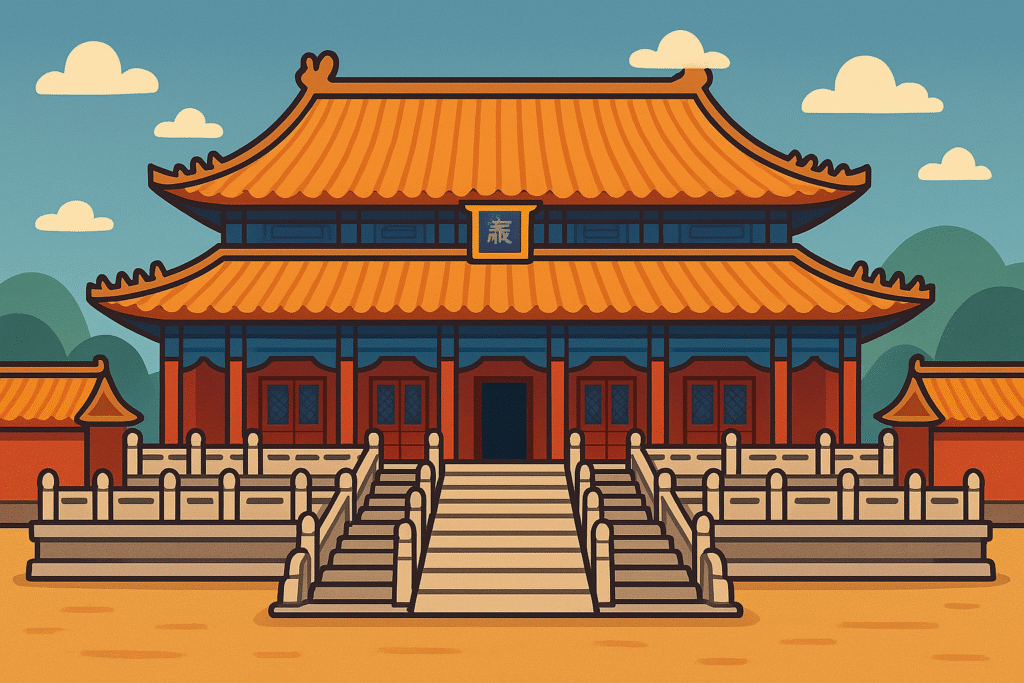
The Forbidden City, also called the Palace Museum, is right in the heart of Beijing at No. 4 Jingshan Qianjie, Dongcheng District.
Fun fact: it’s located just north of Tiananmen Square — which we covered in the last article. Because they’re so close, you can easily visit both in one trip. Explore the stunning imperial palace, then take a stroll around Tiananmen Square and check out the nearby modern buildings that showcase China’s new era. It’s a unique spot where ancient history and modern life meet, making it a must-see for any traveler.
Step 2: Get There by Subway
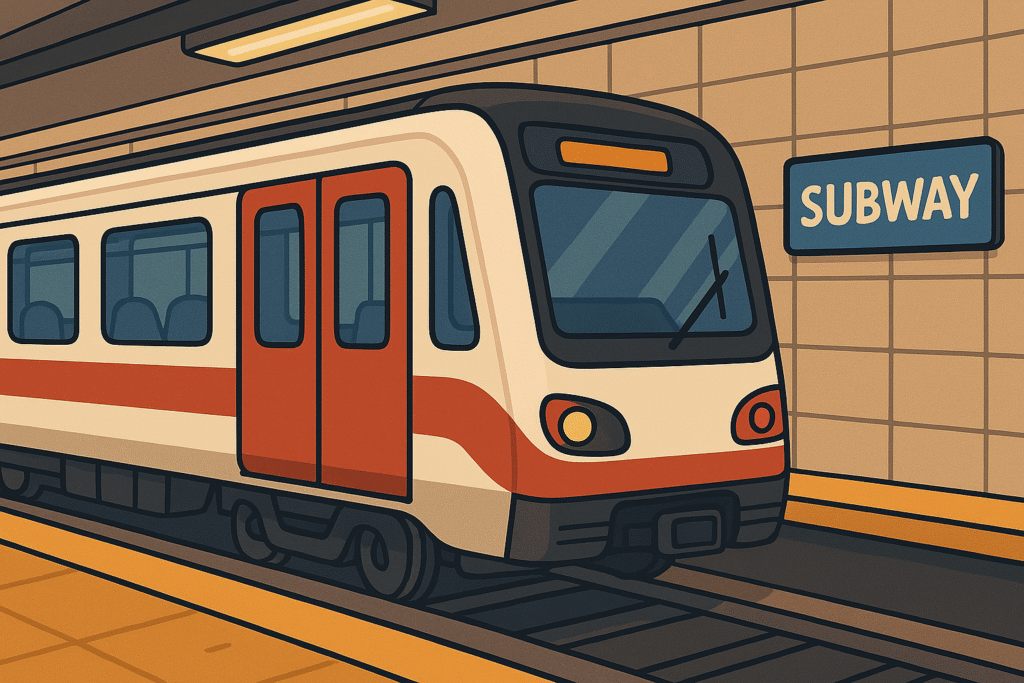
The most convenient way to get to the Forbidden City (Palace Museum) in Beijing is by subway. Visitors can take Line 1 and get off at Tian’anmen East or Tian’anmen West stations, then walk about 10 minutes to the Meridian Gate, the main entrance of the Forbidden City. Additionally, Lines 2 and 4 also serve nearby stations, but transfers to Line 1 are required to reach the Forbidden City.
For bus options, routes 1, 52, and 120 stop near Tian’anmen East or West, with a similar walking distance. For those carrying luggage or preferring a direct ride, taxis are a good choice, costing around 20 to 35 RMB depending on traffic conditions. Please note, the Forbidden City is open daily from 8:30 AM to 5:00 PM, with ticket sales ending at 4:10 PM, and it is closed every Monday.
Step 3: Entry
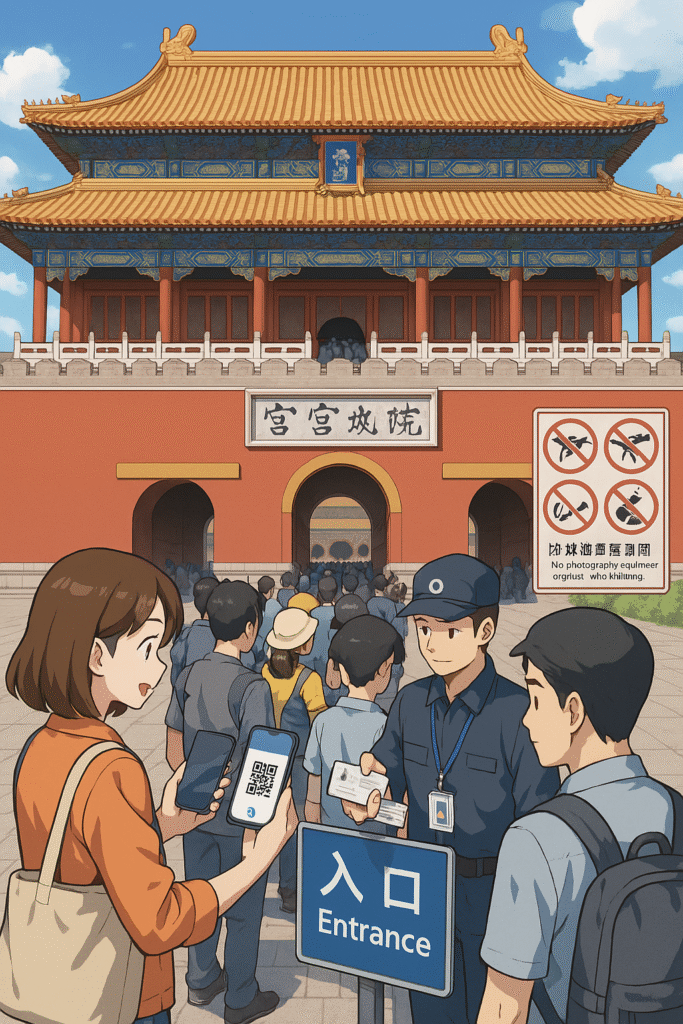
When entering the Forbidden City, you must bring your valid ID (such as your ID card or passport) used during the ticket reservation for identity verification.
Present your electronic ticket QR code on your mobile phone at the entrance to scan and gain access. Please follow the staff’s guidance and enter through the designated gates.
Note that large photography equipment, selfie sticks, drones, and pets are prohibited inside. Smoking, littering, and vandalism are also strictly forbidden to preserve the historic site.
Step 4: Key Spots Worth Visiting
After entering the Forbidden City, you can visit the following key spots:
| Name | Description |
|---|---|
| Meridian Gate | The main entrance gate of the Forbidden City, grand and majestic. |
| Hall of Supreme Harmony | The largest hall where emperors held important ceremonies and court sessions. |
| Palace of Heavenly Purity | The emperor’s living quarters and a place for handling important affairs. |
| Palace of Earthly Tranquility | The empress’s residence, showcasing the women’s space in the imperial palace. |
| Imperial Garden | A beautiful royal garden, perfect for rest and sightseeing. |
| Treasure Gallery | Exhibits precious royal jade, jewelry, and artifacts, reflecting palace luxury. |
| Clock Exhibition Hall | Displays ancient clocks and mechanical devices, showcasing craftsmanship. |
| Hall of Mental Cultivation | The main residence of Qing emperors, providing insight into their life. |
Step 5: Recommended Restaurants to Try Beijing Cuisine After Your Visit
After your visit, it will likely be lunchtime. To meet your dining needs, we recommend several restaurants near the Forbidden City, mainly specializing in peking duck and hotpot, allowing you to enjoy authentic Beijing cuisine.
| Restaurant Name | Price Range (per person) | Location & Distance | Notes |
|---|---|---|---|
| Quanjude Roast Duck (Qianmen Branch) | ¥200–¥300 | About 15 minutes’ walk from the Forbidden City | Famous old brand, great for traditional roast duck |
| Bianyifang Roast Duck | ¥150–¥250 | Close to the Forbidden City | Another historic restaurant with unique flavor |
| Donglaishun Restaurant | ¥100–¥200 | Near the Forbidden City | Traditional Beijing hotpot, great in winter |
| Da Dong Roast Duck | ¥300–¥500 | Relatively close to the Forbidden City | Modern style, lighter and refined flavors |
| Huguosi Snacks | ¥30–¥80 | Snack area around the Forbidden City | Casual dining with Beijing snacks like zhajiangmian and douzhi’er |
Rest assured, these restaurants have been carefully selected for their excellent flavors and quality.
In Conclusion
The Forbidden City, like Tiananmen Square, is one of the most important historical and cultural landmarks in Beijing and China as a whole, carrying rich historical memories and cultural significance.
As the imperial palace of the Ming and Qing dynasties, the Forbidden City not only witnessed centuries of dynastic rise and fall but also houses a vast collection of precious artworks and unique architectural styles. It serves as a vital window into traditional Chinese culture and history.
From its grand palace structures to its exquisite cultural relics, visitors can deeply appreciate the profoundness and richness of Chinese civilization.




